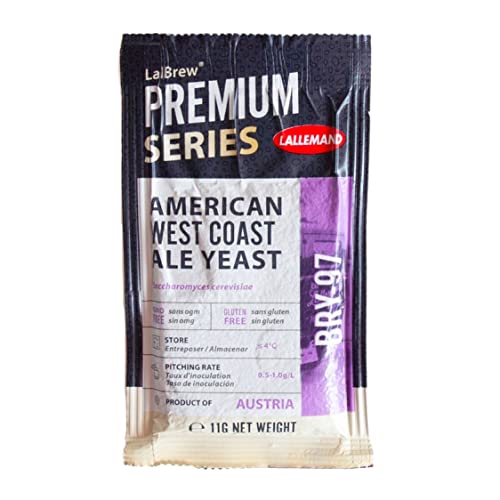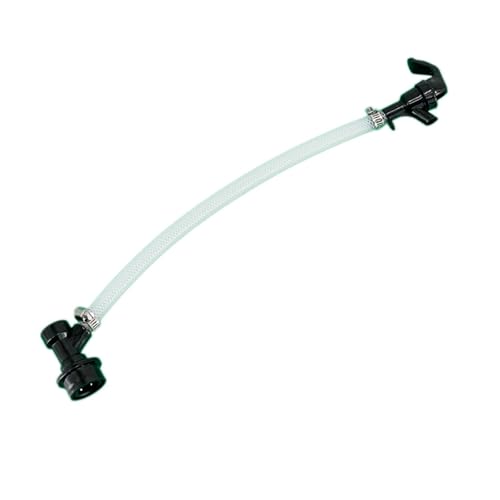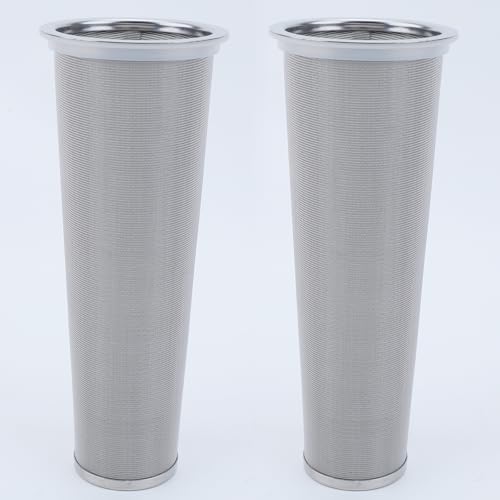I've missed a bit! Better record that, although this involves the "Full" version of my spreadsheet and I've already warned that, while displaying the S.G. directly on the weighing scales looks dead clever, it probably requires too much effort to be viable (I'll be sticking to the "Lite" version).
The "Full" version has the "standalone" capacity ... the spreadsheet is only used to calibrate and after that the SG can be read directly from the weighing scales. It only works with 100ml pyknometer bottles (it may work with 10ml bottles, but you will need very accurate, and expensive, weighing scales ... good to three decimal places of a gram, perhaps four!).
The first step is like the "Lite" version: On the "Calibration page fill in the actual (ambient) temperature that the pyknometer bottle and the sample (water) have been standing around in, then fill in the weights of the dry bottle followed by the water filled bottle.
And on the same page the details that will be used to create Tare weights.
(There are some unusual parameters in this section: There were two ways of dealing with parameters for pyknometers, and I was using a "virtually adapt the bottle" method to start and switched to "actual weights" later. This section wasn't changed from "virtual" 'cos it worked, and I couldn't be bothered changing it: So, it's a bit kooky? ... Put up with it!).
What we are doing here is undoing any advantage the pyknometer has over a hydrometer and force it to operate at certain fixed temperatures. So, first off, we pick three temperatures to represent the temperature range we want to work over. Nothing too extreme, although some pyknometers are made from borosilicate glass (same as used by Pyrex), not for resistance to heat shock but to make the pyknometer dimensionally stable for very precise work (not determining the gravity of beer!). But all the same, I'm not comfortable with putting very hot water in a pyknometer bottle. For this tutorial I've picked 13.5°C, 20.0°C and 26.5°C (20.0°C would be the same temperature as a "standard" hydrometer used in much of the rest of the world).
Each temperature "configuration" has three parameters to control the error displayed in the simulation: A "zero" gravity where there would be no error (SG 1.040 is a good choice), how far either side of that point the error should be calculated (±0.060 seems good) and a minimum gravity to display an error to (1.000?). All temperature configurations may have the same error configuration, or each a different one as you please.
The result is effectively three hydrometers from the same pyknometer ... four if you count the "normal" pyknometer configuration.
The "Simulation" page of the "Full" version allows situations to be tested. It is not required for real time operation as that is all carried out on the weighing scales. But the page does detail the size of "Tare Weights" that will be required.
The example illustrates testing with an imaginary "SG 1.075" wort. The "blue" tare weight (35.30g) is selected as being configured for a temperature closest to the imagined environment. It would induce a negligible 1/10th of a gravity point error in this example.








































![Craft A Brew - Safale BE-256 Yeast - Fermentis - Belgian Ale Dry Yeast - For Belgian & Strong Ales - Ingredients for Home Brewing - Beer Making Supplies - [3 Pack]](https://m.media-amazon.com/images/I/51bcKEwQmWL._SL500_.jpg)



















 ... Hang on? Isn't the S.G. of water One?
... Hang on? Isn't the S.G. of water One?